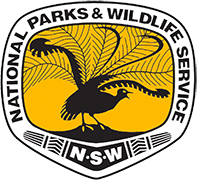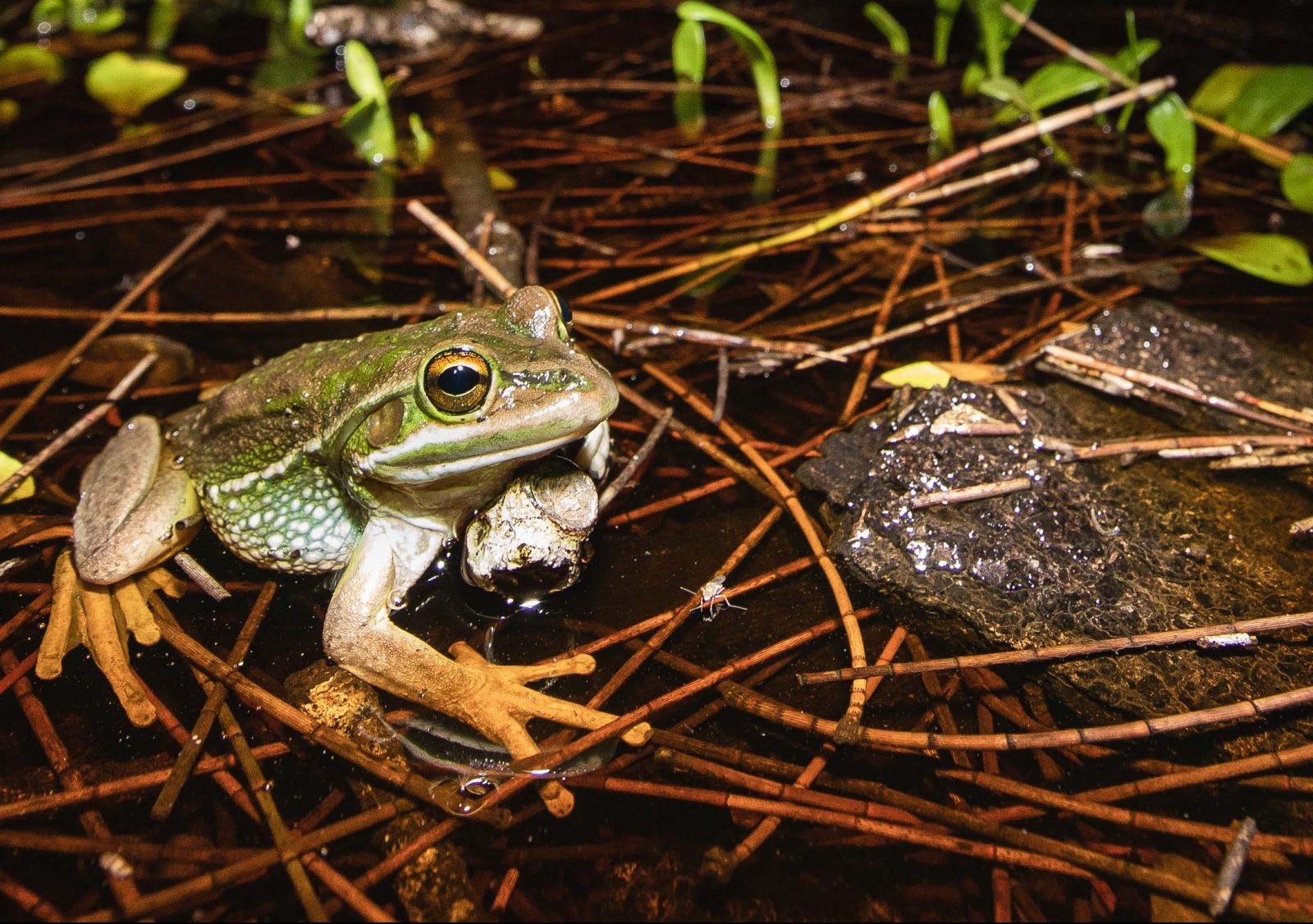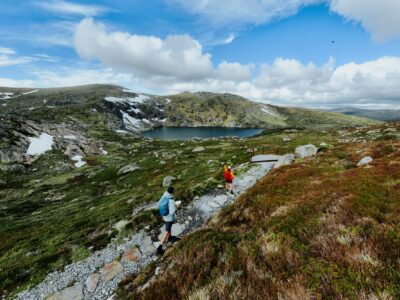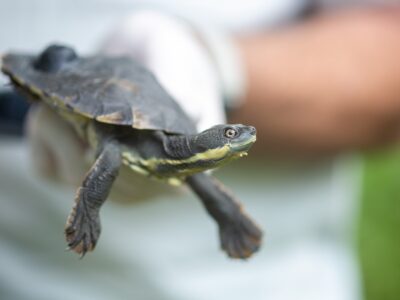Think of your favourite animal. Can it breathe through its skin, clean up after others or predict the weather? We’re guessing not.
We’re sharing six of the many reasons we should all be a little more appreciative of these tiny eco-powerhouses.
-
1/6
Frogs can test environmental health
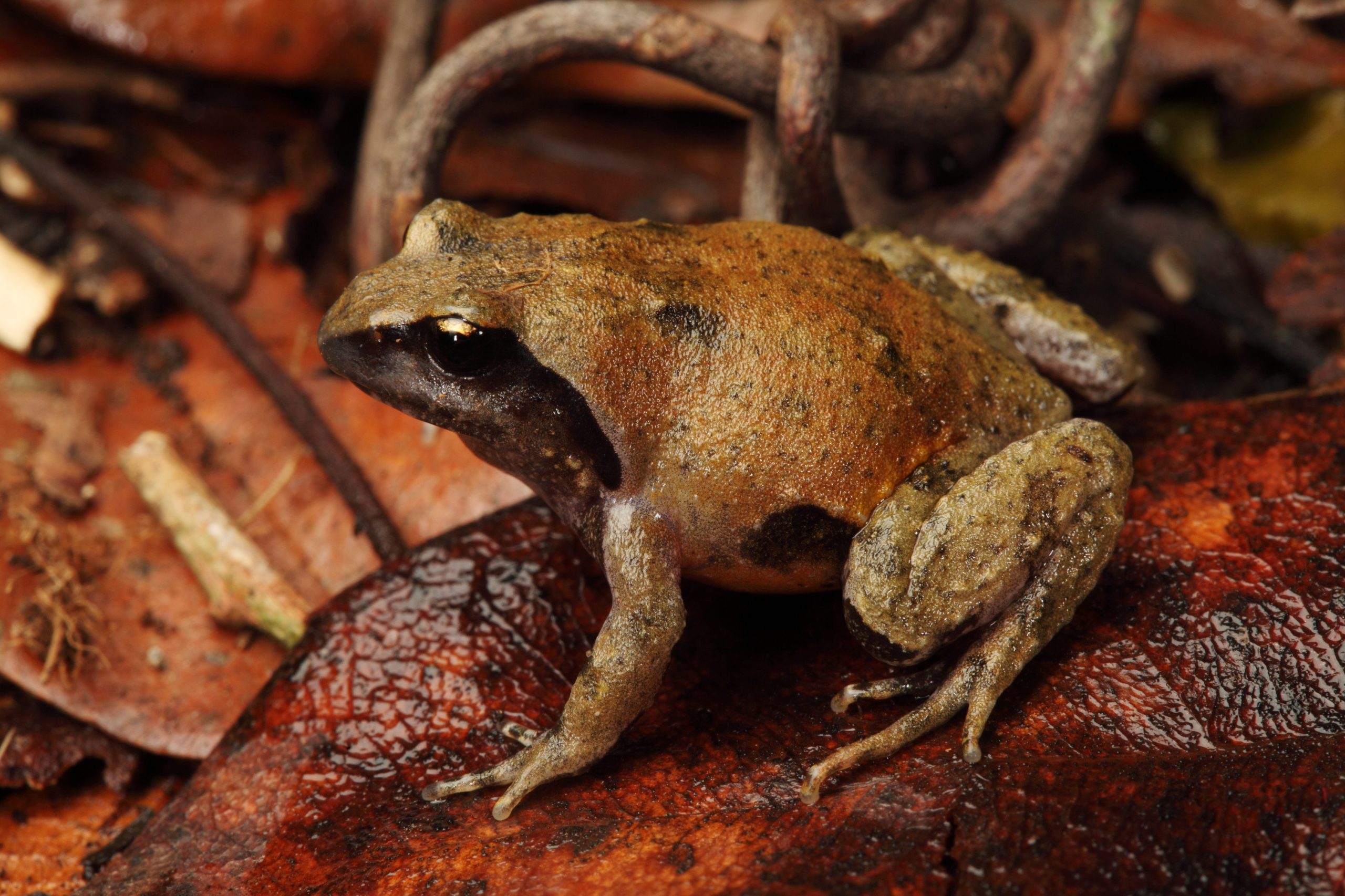 Photo Information
Photo InformationLoveridge’s Frog, male
Stephen Mahony/DPIE
Frogs have a thin, permeable skin which lets liquids and gasses pass straight through. This thin skin is also very sensitive to temperature, sucks up pollutants and toxins, and absorbs water – removing the need for frogs to drink. These unique qualities make frogs superstar bioindicators, which means that scientists can use data gathered from frogs to get a better understanding of an ecosystem’s environmental health. Because frogs live in water as well as on land, they can provide an indication of both habitats.
-
2/6
Frog song is music to our ears
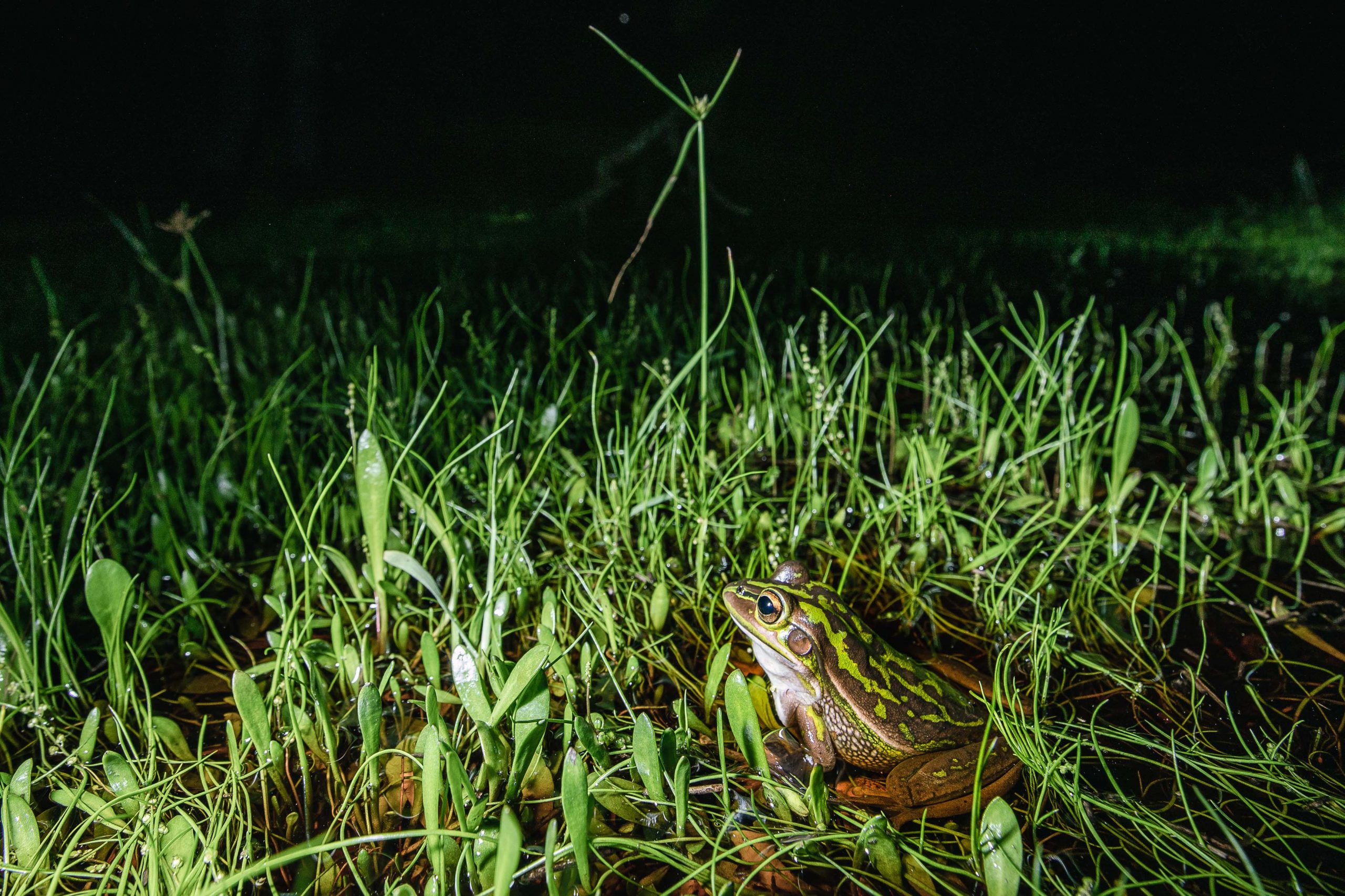 Photo Information
Photo InformationGreen and golden bell frog
Alex Pike/DPIE
If you’re lucky enough to hear the call of frogs where you live, it’s usually a sign that you are living in a healthy and unspoilt area. Each species of frog has its own unique call, so it’s possible to check what types of froggies live in your backyard just by listening carefully (or downloading the FrogID app).
Why do frogs sing? When you hear a chorus of frogs, it’s only the males doing the singing. That’s because the fellas call to attract a mate, advertising themselves to female frogs as eligible bachelors and indicating they’re ready to breed.
When frogs detect drops in atmospheric pressure (yep, they’re that clever) – an indication of impending rain, they’ll begin croaking, giving the Bureau of Meteorology a run for its money!
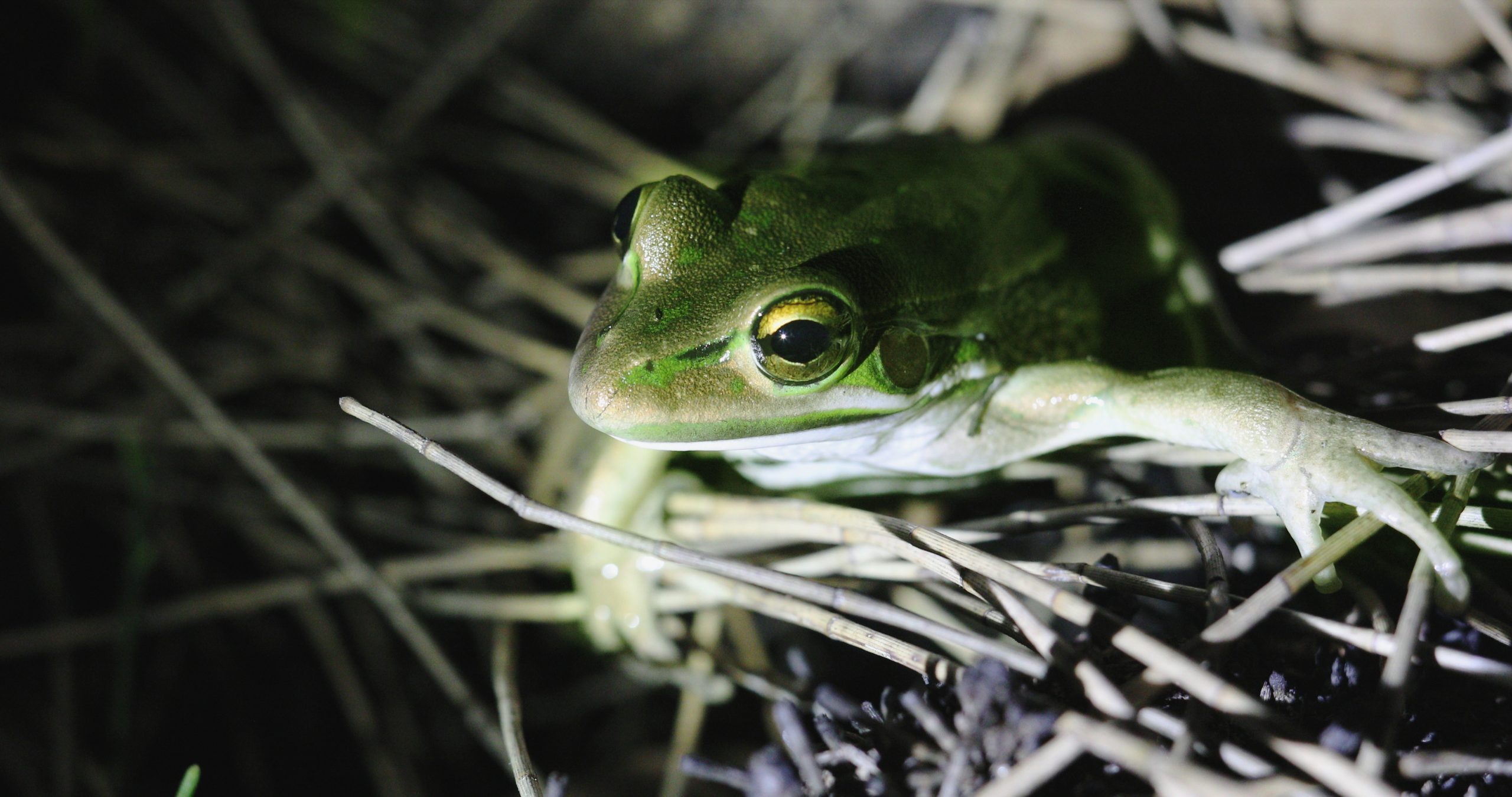 Photo Information
Photo Information“This light and angle makes me look great” ~ frog thoughts
Alex Pike/DPIE
Where and when can we hear frogs?
There’s no hard-and-fast rule for all frogs, but they like to breed near water, so listen out for them around dams, wetlands and ponds, or after rain. Many frogs call during their spring and summer breeding seasons, while some only call during autumn and winter and others will call all year-round. Most Aussie frogs are nocturnal and won’t start croaking until after dusk, but this isn’t the case for all frogs, especially during wet weather.
When you’re in a NSW national park, you may just come across the Brown striped frog with its distinct ‘tok’ call or the Peron’s tree frog, with the male’s drill-like call it’s often described as a ‘maniacal cackle’. Reminder: a good rule with all wildlife is to stay on track and keep your distance. Frogs are good to spot not to touch.
-
3/6
Frogs help to maintain water quality
 Photo Information
Photo InformationSouthern Corroboree tadpole changing into frog, amphibian
David Hunter/DPIE
Tadpoles act as nature’s pool cleaners, feeding on the algae that forms in ponds, creeks and puddles. While the tadpoles enjoy a delicious feast, algae levels are kept under control, filtering our water and keeping it clean – and they don’t even charge for their waste-management services. When we lose frogs in waterways, we will notice that water quality declines and water courses become clogged up.
-
4/6
Frogs are an irreplaceable ring in the food chain
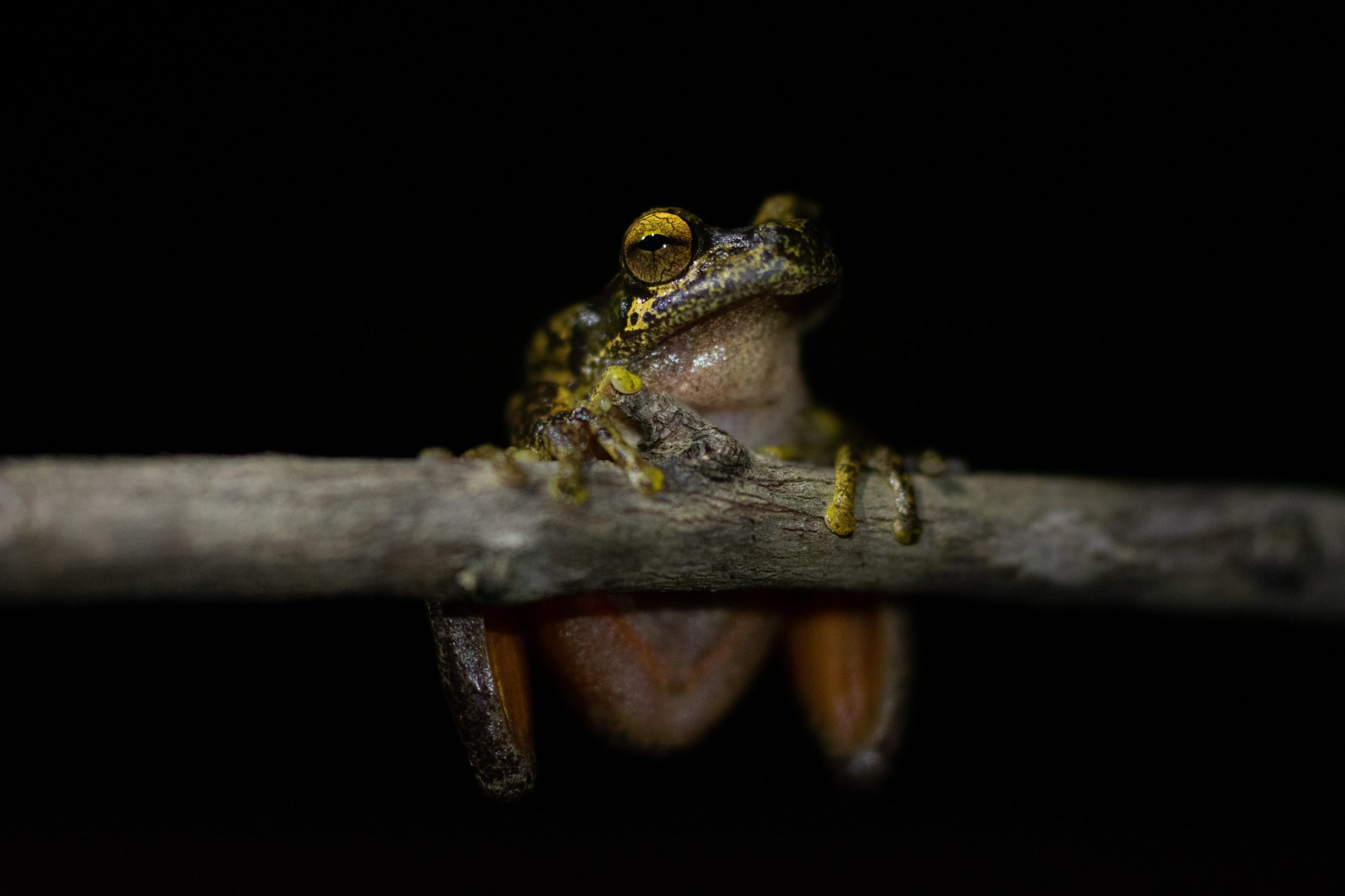 Photo Information
Photo Information“That’s right, you need me and I need you” ~ Little john’s tree frog thoughts.
Bridget Roberts/DPIE
Frogs play an important role as both predators and prey in the food web. Frogs’ diets consist of large quantities of insects, including pests, helping to keep population sizes of these unwanted critters at bay. Frog eggs provide food for insects, like spiders and wasps, while tadpoles fill the bellies of fish, birds and some insects. With a wide range of birds, mammals and reptiles relying on adult frogs for food, their disappearance would drastically affect entire ecosystems.
-
5/6
Frogs keep humans healthy, too
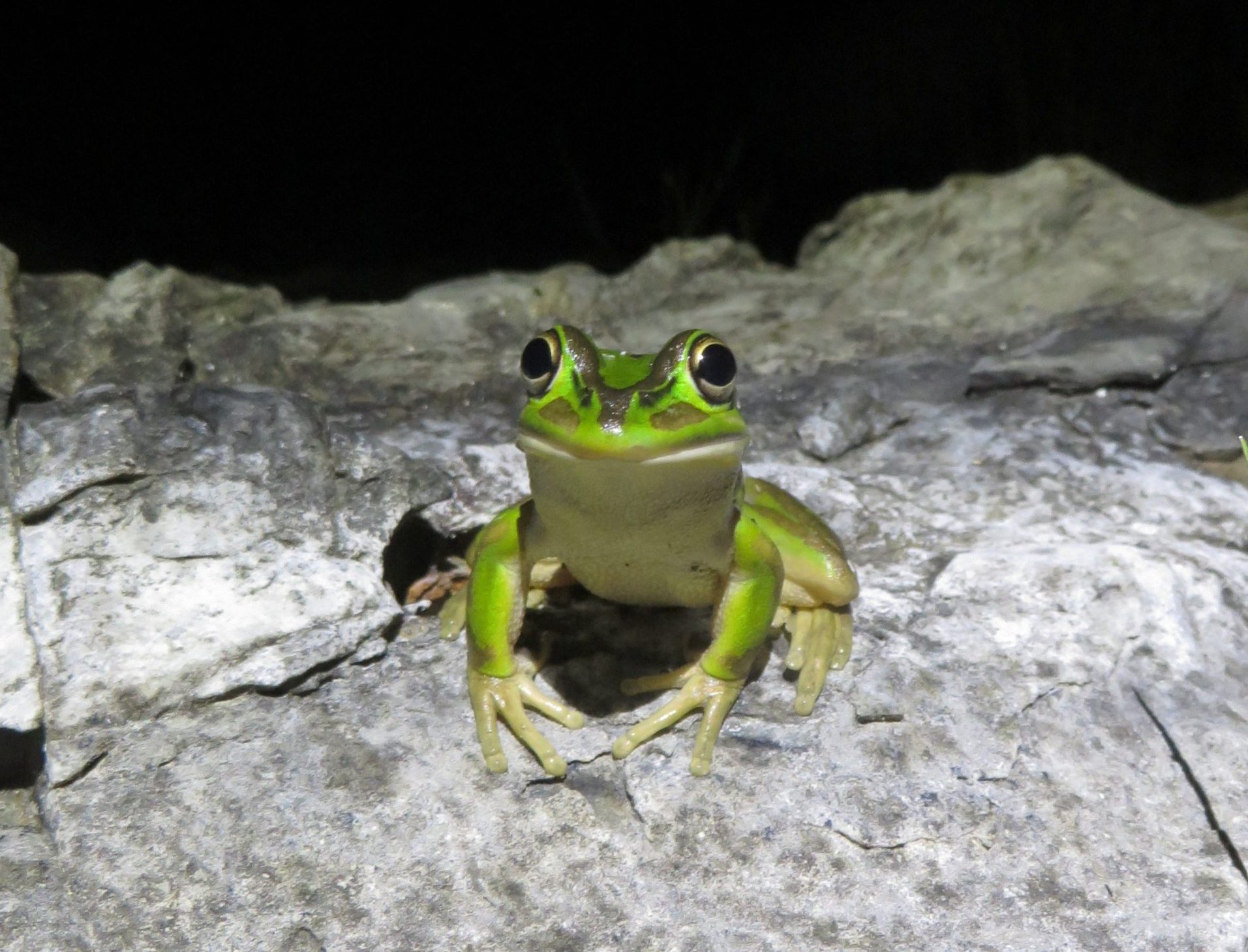 Photo Information
Photo Information“Friends?” ~ asks the Green and golden bell frog
Dean Portelli/DPIE
Without frogs as predators, populations of mosquitoes, which are carriers of disease, will increase. Having frogs around can help to keep mosquito-transmitted diseases, like dengue and malaria, from spreading to humans.
-
6/6
Australia has one of the world’s most diverse ranges of frog species

Photo InformationPainted burrowing frog
Stephen Mahony/DPIE

Photo InformationGiant burrowing frog
Ian Bool/DPIE

Photo InformationPouched frog
Justin Mallee/DPIE
With more than 200 native frog species, Aussies are fortunate to have such a varied range of frogs living and croaking in our own backyards. More than 80 frog species are found across NSW in a range of environments, from rainforests and mountains to deserts. Sadly, eight species of Australian frogs have become extinct in the last 25 years and 30 frogs are currently listed as threatened in NSW. Pollution in our waterways, introduced fish species, loss of habitat and Frog chytrid fungus – which has led to the decline in frogs worldwide, are some of the threats putting our precious frogs at risk of extinction.
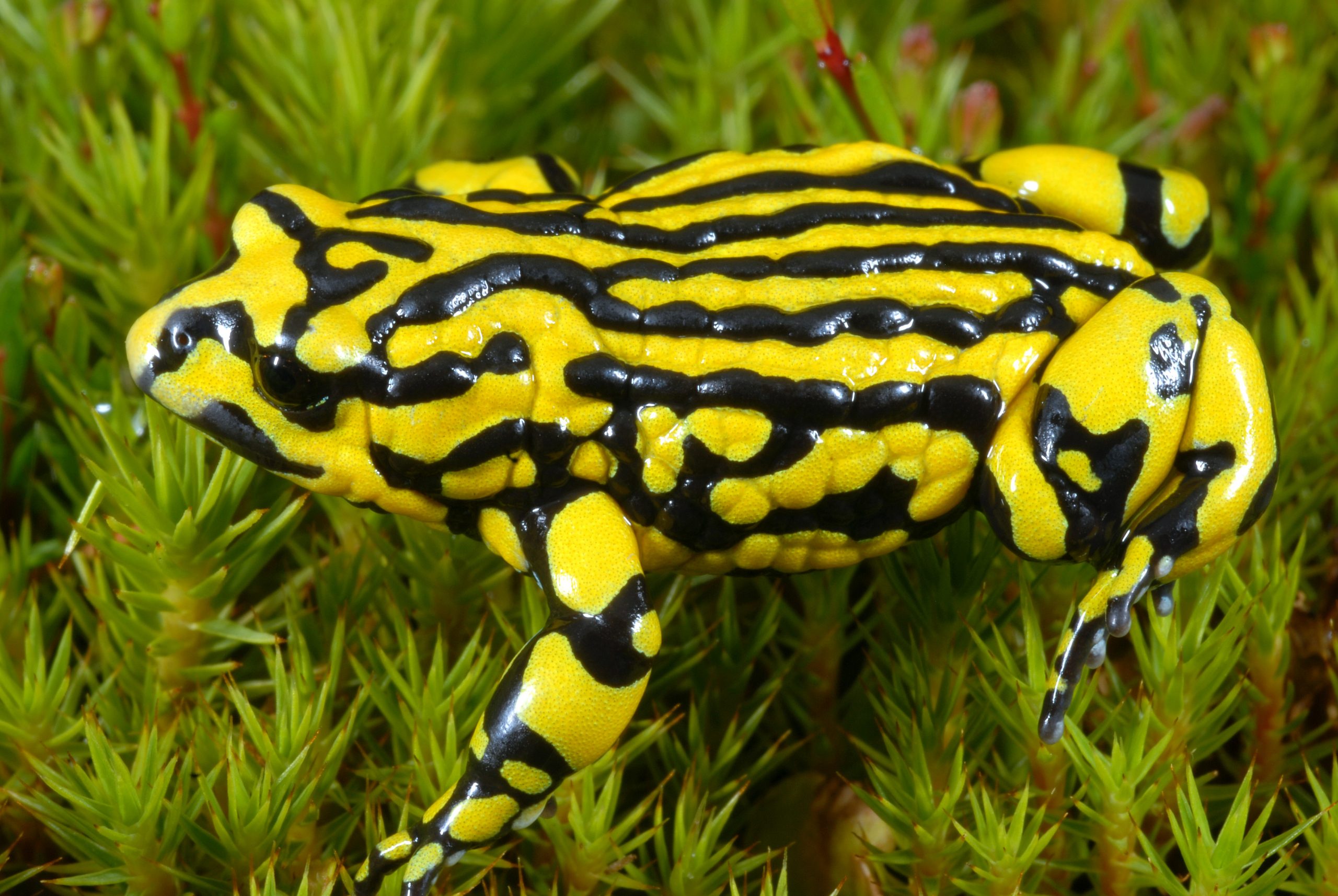 Photo Information
Photo InformationDavid Hunter/DPIE
Saving our southern corroboree frogs
Staff from NSW National Parks and Saving our Species were flown into remote areas of Kosciuszko National Park in January 2020, to evaluate the impact of bushfires on the critically endangered southern corroboree frog. With some frogs sadly perishing in the fire, conservationists are now focusing on protecting the remaining frogs by keeping the enclosures moist and checking food supplies. Despite the setback, the frog’s captive populations continue to do well across Taronga Zoo, Melbourne Zoo and Healesville Sanctuary.
Today, we’re at risk of losing nearly 1000 of our state’s native animals and plants. The Saving our Species program (SoS) is the main threatened species conservation program in NSW. SoS is investing in over 400 threatened species and ecological communities, from the Brush-tailed Rock-wallaby to the Spotted-tailed quoll. Want to learn more? Stay up to date on the latest news from SoS.
The world would be a worse place without our incredible frogs. From the internationally loved corroboree frog, to the green and golden bell frog, Saving our Species is investing in projects to save 11 different frog species. Join the movement to help save our unsung heroes of biodiversity.
Get involved: FrogID is a national citizen science project led by the Australian Museum that is helping us learn more about what is happening to Australia’s frogs. All around the country, people are recording frog calls with their smartphones – download the free FrogID mobile app to discover which frogs are around you and help count Australia’s frogs.
